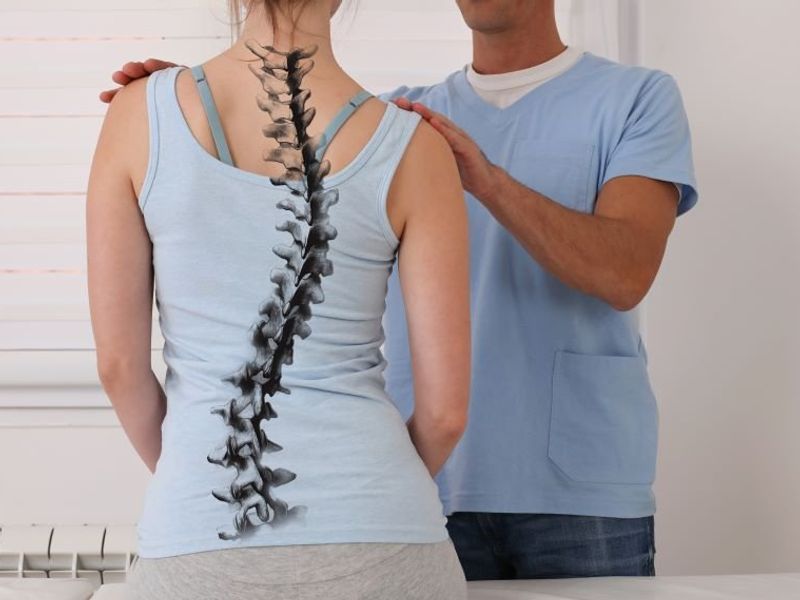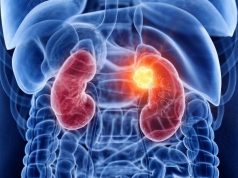Model could recognize severities and curve types with higher sensitivity, negative predictive value than a junior and senior surgeon
By Elana Gotkine HealthDay Reporter
THURSDAY, Aug. 24, 2023 (HealthDay News) — A deep learning application (app) model using a smartphone photograph is useful for management of adolescent idiopathic scoliosis (AIS), according to a study published online on Aug. 23 in JAMA Network Open.
Teng Zhang, Ph.D., from the University of Hong Kong, and colleagues examined the ability of an app using a validated deep learning model to classify AIS severity and curve type and to identify progression using data from radiographs and smartphone photographs of the backs of adolescent patients at spine clinics. The ScolioNets deep learning model was developed and validated in a prospective training cohort and incorporated into the AlignProCARE open platform app. Ground truths, including severity, curve type, and progression, as manually annotated by two experienced spine specialists based on radiographic examinations, and app results were compared to assessments of unclothed back appearance by two spine surgeons.
The training data set included 1,780 patients, and prospective testing data sets included 378 patients and 376 follow-ups. The researchers found that the model recommended follow-up and considering surgery with area under the receiver operating characteristic curves (AUCs) of 0.839 and 0.902, respectively, while demonstrating good ability to differentiate between thoracic, thoracolumbar or lumbar, and mixed curve types (AUCs, 0.777, 0.760, and 0.860, respectively). The model distinguished participants with or without curve progression with an AUC of 0.757 for follow-ups. The model could recognize severities and curve types with higher sensitivity and negative predictive values compared with both a senior and junior surgeon.
“With no extra radiation and minimal cost, this model could provide continuous monitoring with prompt interventions triggered when progression is detected,” the authors write.
Copyright © 2023 HealthDay. All rights reserved.








